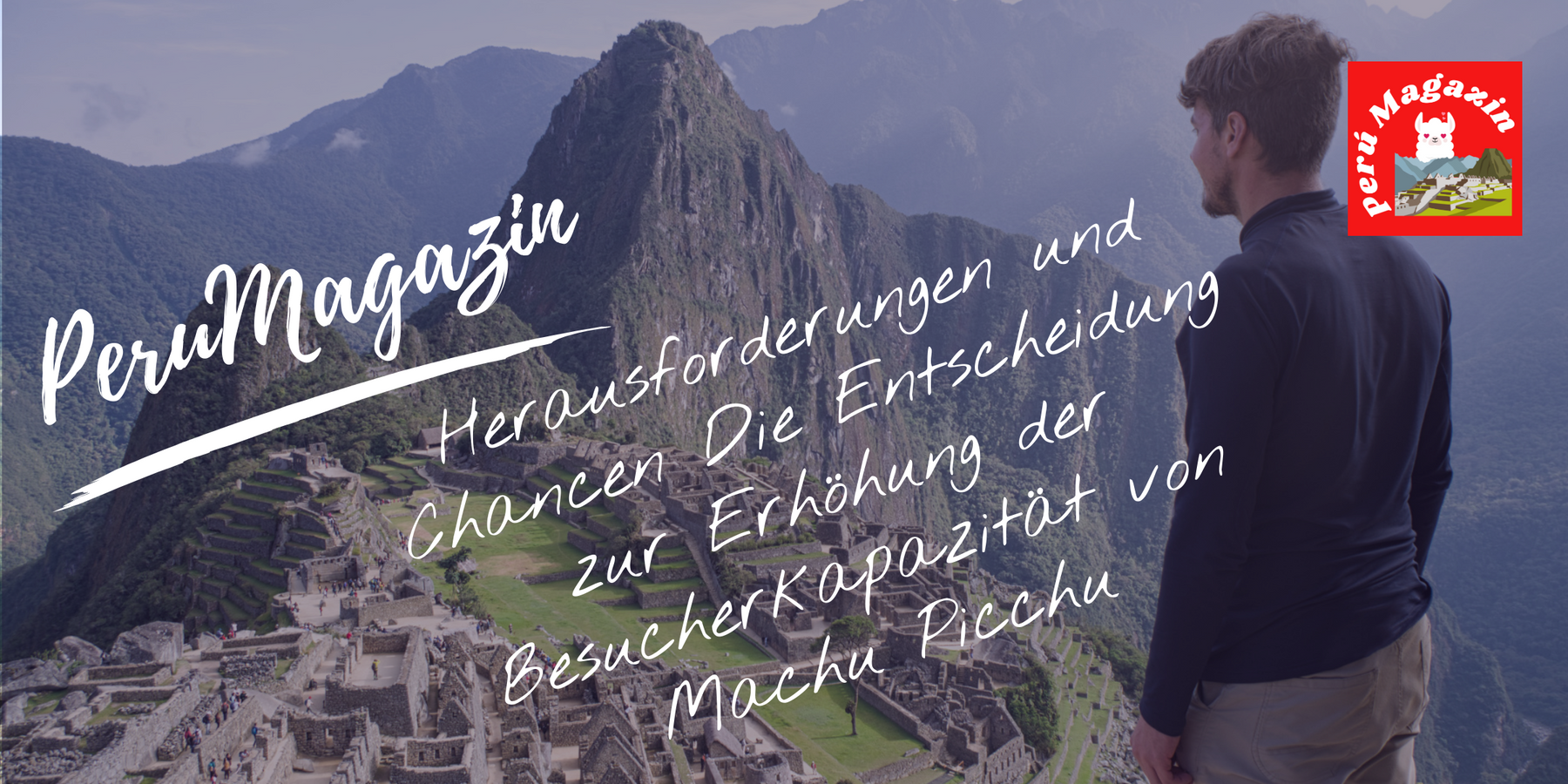
Challenges and Opportunities: The Decision to Increase Machu Picchu's Visitor Capacity

Machu Picchu, considered an amazing world heritage site and the sixth wonder of the world, is about to undergo a significant change. In a unanimous decision during the meeting of the Steering Committee of the Management Unit of the Historic Sanctuary of Machu Picchu on November 30, it was decided to increase the daily visitor capacity from 4,044 to 4,500 to 5,600 visitors. This news generated mixed reactions and raises important questions about the long-term impact.
The historical legacy of Machu Picchu, declared a World Heritage Site in 1983, has been in focus since 2017, when warnings were raised about the dangers of the indiscriminate influx of tourists. The decision to increase capacity has met with criticism, particularly from former culture ministers such as Luis Jaime Castillo. He highlights that the origin of the new report justifying the increase in capacity is unknown and questions the transparency and legitimacy of this decision.
However, Juan Carlos Mathews, Minister of Foreign Trade and Tourism, Albina Ruíz, Minister of Environment (Minam), Leslie Urteaga of the Ministry of Culture (Mincul) and Werner Salcedo, Regional Governor of Cusco, support the decision. Pressure from regional authorities, Machu Picchu residents and Aguas Calientes business owners plays a crucial role. These groups hope to generate more income by increasing visitor numbers. 
The statistics paint an interesting picture. Between January and September 2023, 413,049 foreign visitors were registered, a decrease of 53% compared to 2019. These figures could serve as justification for the urgency of increasing capacity. But the question arises as to whether this short-term solution is sustainable in the long term.
The decision to open Machu Picchu to a higher number of visitors is not only met with criticism, but also raises serious concerns about the protection of this cultural heritage. Peru had previously committed to taking protective measures to prevent Machu Picchu from being declared a cultural heritage site in danger. The current announcement appears to contradict these commitments.
Concerns about the preservation of Machu Picchu are not unfounded. The site has already suffered from pressure from tourism, and the question of sustainable preservation now becomes even more pressing. The focus should be on how to manage the influx of tourists while preserving the beauty and integrity of this historic wonder.
The increase in capacity may bring short-term economic benefits to the region, but at what cost? The risk of Machu Picchu suffering further damage and its uniqueness being compromised is real. It is critical that all stakeholders, from government officials to local communities, work together to find sustainable solutions.
This debate is not just about numbers and economics, but about preserving a rich cultural history. There is a balance to be struck between the need for economic growth and the protection of our heritage. An open and transparent discussion about the long-term impact of this decision is essential.
Machu Picchu may be a tourist gem, but it is also a precious cultural heritage that needs to be protected. It is up to decision-makers to ensure that the measures taken have not only economic interests in mind, but also the long-term preservation of this miracle. The world is watching with interest to see how Peru deals with this challenge and what paths are taken for the future of Machu Picchu.
#PeruMagazine #Peru #MachuPicchu #Visitor Capacity #WorldHeritage #Tourism #Culture #Sustainability #Choices #History #Peru #Challenges #ProtectingHeritage #CulturalWonders #TourismImpacts #Transparency #Discussions #Future Perspectives #WeLovePeru #patop #patopshipping

Leave a comment